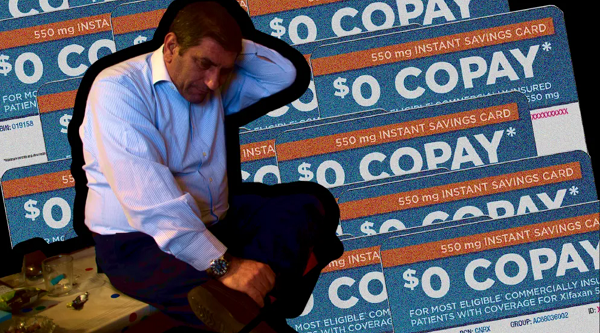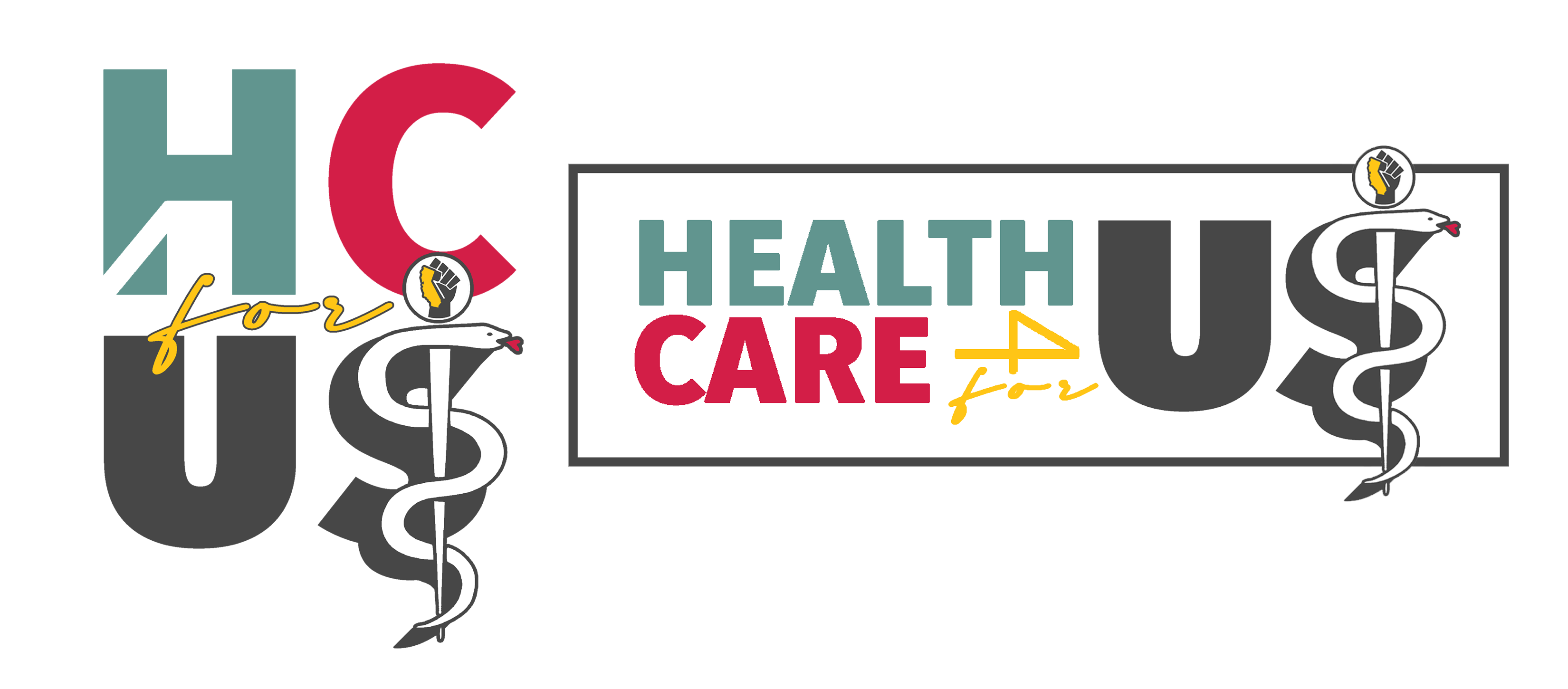The Hidden Cost Behind Your “$0 Copay” Drug Assistance Program
By Helen Santoro
February 6, 2025
 Last year, Heather Bryan was diagnosed with a rare form of blood cancer, for which she was prescribed Cotellic, a pill that slows the spread of cancer cells. The medication alleviated some of her most serious symptoms, but it cost almost $7,000 a month.
Last year, Heather Bryan was diagnosed with a rare form of blood cancer, for which she was prescribed Cotellic, a pill that slows the spread of cancer cells. The medication alleviated some of her most serious symptoms, but it cost almost $7,000 a month.
Thankfully, Cotellic’s manufacturer offers a copay assistance program that brought her monthly cost down to zero. Under the program, the drug manufacturer was supposed to cover the “out-of-pocket costs” for her medication up to $25,000, or just over three months of Bryan’s prescription. Since her insurance plan’s annual out-of-pocket cost was only $12,000, her insurance should have covered the rest of her medical costs for the year.
The arrangement seemed too good to be true — and in the end, it was.
After Bryan maxed out the assistance program’s $25,000 limit, her insurer, Blue Cross Blue Shield of Kentucky, informed her that just $360 of her out-of-pocket costs had been met — leaving Bryan on the hook for thousands of dollars more in medical bills.
Copay assistance programs, offered as coupons, discount cards, and vouchers, are available for most brand-name drugs, in part because drugmakers use the programs to keep prices high and convince patients to take expensive medications. The programs also help millions of Americans obtain drugs they otherwise couldn’t afford. Such offers frequently appear at the end of drug commercials, suggesting consumers can pay “as little as $0 per dose” for vital medicines. In 2023, privately insured U.S. patients used copay assistance programs for 19 percent of all needed prescriptions, covering $23 billion worth of drugs.
But what most people don’t realize is that insurers are potentially making billions in additional profits from these assistance programs while denying patients some of the benefits they were designed to provide.
Starting in 2018, many insurance companies began using so-called “copay accumulator programs” to pocket the copay assistance funds provided by drugmakers without counting the payments towards individuals’ out-of-pocket costs. So, once the copay program’s benefits are used up, patients are still financially responsible for the overpriced medicines they’ve come to depend on. In other words, insurers use these programs to double dip, essentially getting paid twice for a drug: Once by the drugmaker and again by the patient.
Former President Joe Biden had a chance to limit this practice — but, amid industry pushback, failed to deliver. Now, as President Donald Trump’s health secretary nominee Robert F. Kennedy, Jr. moves towards confirmation, advocacy groups are urging a crackdown on insurers’ double dipping.
In 2022, a group of patient advocacy organizations sued the Department of Health and Human Services over a Trump-era rule that allowed private insurers to exclude copay assistance funds from a patient’s out-of-pocket costs, including their deductible. The plaintiffs argued this in part violated spending caps set by the 2010 Affordable Care Act. In 2023, a U.S. District Court judge in Washington, D.C. agreed, striking down the 2020 rule and requiring copay assistance funds to count towards patients’ out-of-pocket costs for all drugs without a generic equivalent.
But instead of complying with this ruling, the Biden administration fought the decision. At the same time, the insurance industry trade group America’s Health Insurance Plans — which filed an amicus brief in the District Court case supporting accumulator programs — spent hundreds of thousands of dollars fighting mounting state efforts to stop insurers from juicing extra profits from copay assistance programs.
Leading up to Kennedy’s Senate confirmation hearing this January, advocacy groups pressed Congress to ask about the court ruling limiting insurers’ copay accumulator schemes.
“In one of his executive orders, President Trump is asking agencies to come up with actions they can take that will lower costs for the American people, including health care,” said Carl Schmid, executive director of the HIV+Hepatitis Policy Institute, which advocates for patients with chronic health conditions and was the lead plaintiff in the 2022 court case. “By complying with the court order, it will translate into lower costs for prescription drugs.”
But the matter never came up during the confirmation hearings, meaning patients will likely continue…
[READ THE COMPLETE ARTICLE HERE]
